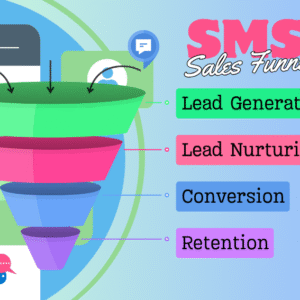Many painters and DIYers use spray paints because they are very easy to use, and you can make colorful mosaics and beautiful graffiti on your walls. But as they make work a lot easier, there are a lot more complications. Sometimes because of lack of attention, you paint the areas which you did not want to. In this situation, you would rather like to remove the paint from that area, but it is not as easy as it sounds.
Spray paints are easy to remove from metal substances and from wood or glass as well, but if you have sprayed a plastic material, you will be in some trouble. Spray paint and plastic materials are made up of almost identical materials so they don’t mix up perfectly. Are you thinking about how to remove overspray from plastic? Here are some of the easy methods for you.
Is It Possible to Remove Overspray from Plastic?
Before you get into the removal of spray paint from plastic, you need to know whether it is possible or not. As spray paint and plastic materials aren’t made for each other still, if you end up painting a plastic surface, it can be removed.
Best Ways to Remove Overspray from Plastic
There are several methods that are effective depending upon the type of spray paint and the type of plastic used on the affected surface. Therefore the commonly used paint removers won’t be effective, and you will need strong solvents. The easy methods for overspray removal are:
With the Use of Vegetable Oil, Remover, and Denatured Alcohol
This is a common and most effective method used and has a very low-risk rate. Before getting into the description of the whole method, you need to know the things you require and most of them are available inside your house, saving you a lot of money.
List of Things Needed
- Denatured Alcohol
- Vegetable Oil
- Nail polish remover
- Plastic knife
- Sponge
- Warm Water
- Towel
- Detergent
Method
- The first step is to try getting the paint off from the plastic surface by the use of a plastic knife. A plastic knife is used so that the surface isn’t scratched a lot. This step helps in knowing how much paint is stuck on the surface..
- In the next step, you should use vegetable oil. Place the vegetable oil on the towel and move it on the painted surface. The oil will make the paint loose, and it can be removed by the use of a knife. If it isn’t removed, use other solvents involved.
- A nail polish remover can help in removing the spray paint. Apply the remover on the towel and after applying it on the surface for 5-10 minutes, rub the surface. If the paint doesn’t come off, then use the denatured alcohol.
- Denatured alcohol is a strong solvent, and precautionary measures are important to take before using it. Apply a small amount of it to the plastic using a towel and remove the paint with the help of the plastic knife.
- If you get successful in removing the majority of the paint, and there is still some paint left. You can remove that paint by applying warm water to the surface.
- Last but not least, use a sponge and apply a detergent to the surface. Once everything is done, you can dry the entire surface with another towel, making the surface paint-free.
- If you don’t know how to remove paint overspray from the car, then this method is also effective for cars as well.
With the Use of Paint Thinner/Remover
A paint thinner or remover is normally considered a heavy-duty solvent as it can damage the plastic surface and should be considered as the last option when it comes to the removal of spray paint.
List of Things Needed
- Towel
- Soap
- Warm Water
- Paint Thinner
- Brush
Method
- The first step is to apply warm water to the surface. You have to rinse the surface properly and can use a towel for it. If the paint isn’t stuck properly on the surface, then you might be able to remove it just by warm water. If it doesn’t happen, move to the next step.
- To remove the paint from a surface, you can use soap water as well. This mixture can be applied to the surface with a brush. If it doesn’t work, then use a paint thinner instead.
- A mixture of paint thinner with water should be used with a low amount of thinner as it can damage the plastic.
- You can increase the amount of paint thinner once you see that paint is coming off from the plastic surface.
- When the paint starts coming off from the surface, the last thing to do will be to remove the excess and leftover paint and then wipe off the surface afterward.






